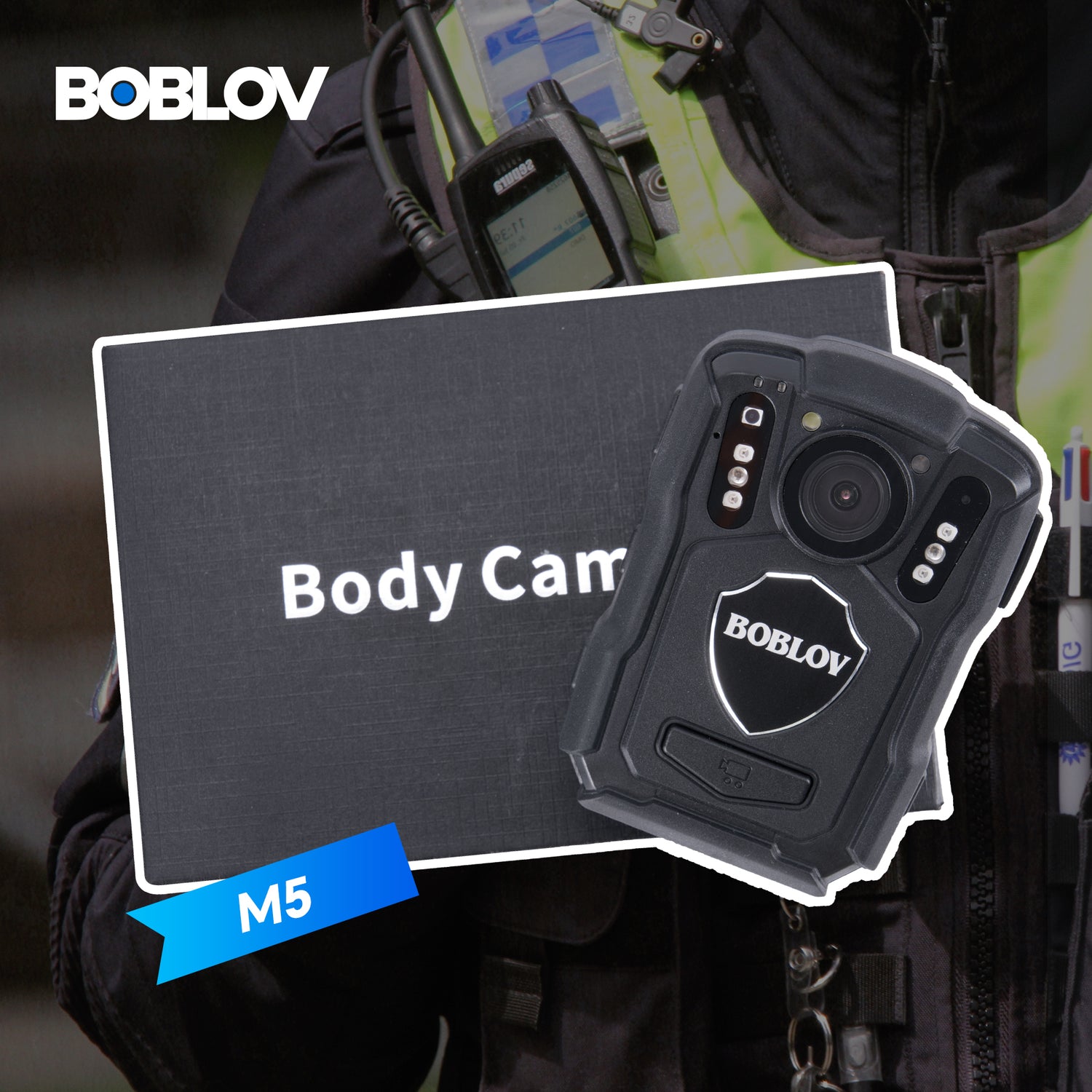The Evolution of Body Cameras in Law Enforcement
Historical Development of Body Cameras
The journey of body cameras began as a tool to capture evidence. It emerged in the UK in the early 2000s. The idea was to enhance transparency during police interactions. In the United States, the first significant use was by the Rialto Police in 2012. Their year-long study showed a decrease in complaints and use-of-force incidents. This led to wider adoption. Groups like the ACLU supported cameras for officer accountability. Today, boblov body cameras and other brands are common in law enforcement. They provide a record of events from the officer's viewpoint.

Technological Advancements and Law Enforcement
The rise of body cameras within law enforcement is tied to major technological leaps. Advances in miniaturization have made devices like the Boblov body camera discreet and light. High-definition video quality allows for clearer footage. Enhanced battery life ensures durability during long shifts. Moreover, integration capabilities with police databases have streamlined evidence collection. Such innovations have not only changed operational tactics but also hold the potential to alter police-public interactions.
Ethical Considerations and Privacy Concerns
As bodycams become prevalent, ethical and privacy issues arise. Should officers always record? Or are there moments when privacy must trump accountability? The debate is multifaceted.
Key concerns include:
- Potential misuse of footage leading to invasion of privacy.
- Storage and access protocols to ensure data security.
- Balancing transparency with the need for confidentiality in sensitive cases.
Firm policies are essential to navigate these challenges without eroding trust. Police departments must work closely with legal experts, civic leaders, and the public to establish guidelines that respect individual rights while enhancing the effectiveness of law enforcement.
Analyzing the Current State of Body Camera Usage
Adoption Rates Across Different Police Departments
The use of body cameras in law enforcement has spread at varying rates. Some police departments adopt them widely, while others lag behind. This difference often stems from budget constraints and policy debates. Data shows that urban areas, due to high crime rates, prioritize body cam use. Smaller towns may see less urgency or face cost issues. However, grants and federal support are helping more departments equip officers. As adoption grows, impact studies become vital to guide use and policy.
Impact on Officers' Daily Operations and Safety
The use of body cameras like Boblov has altered police work. These small devices record every call and interaction. They bring many changes. For one, they offer evidence in disputes. This transparency can protect both the officer and the public. In high-stress events, they help in training and reviews. They act as a tool for policy-makers to draft rules based on real data. Yet, their presence can affect how officers behave. They might act more cautiously, knowing everything is recorded. Overall, body cams seem to boost safety and proper practice in law enforcement.
Effect on Public Trust and Accountability
Body cameras, like the Boblov body camera, have a big effect on public trust. They offer clear records of police actions. This helps in disputes about what happened. People feel more at ease when police wear cameras. They believe it makes officers act better. But, some worry about privacy. Recording can catch private moments. Videos can spread online, which raises concerns. Still, many see bodycams as a step toward honest policing. They are tools for fairness. Laws guide proper use. With these, bodycams can bolster accountability in law enforcement. This builds a stronger bond between police and the community.
Future Trends and Implications for Law Enforcement
Advancements in Body Camera Technology
Body camera technology is swiftly evolving. As we look to the future, we observe key trends emerging. For instance, higher resolution cameras are being developed. This leads to clearer footage which is vital in legal scenarios. Longer battery life is also a major focus. It ensures cameras last throughout an officer's shift. Wireless streaming capabilities are anticipated as well. This would allow real-time monitoring in demanding situations. Moreover, we can expect more robust data storage solutions. They will be designed to cope with the increasing footage body cameras generate. Integration with other law enforcement tools is another advancement. This could include facial recognition or license plate reading technology. These innovations could fundamentally change policing in America. They offer potential to enhance transparency and efficiency in law enforcement.
The Role of Artificial Intelligence and Machine Learning
The integration of AI and Machine Learning (ML) in bodycams marks a watershed moment for law enforcement. These technologies are not just novel features but pivotal tools for enhancing the capabilities of law enforcement agencies. AI can help in facial recognition, behavior analysis, and decision-making during critical incidents. ML algorithms can sift through vast amounts of footage. This allows for swift review and evidence collection. Moreover, AI and ML can automate redaction processes to protect privacy. These technologies may signal a future where policing is more efficient, accountable, and responsive to community needs.
Regulatory Changes and Their Impact on Law Enforcement
Within the law enforcement landscape, regulatory shifts hold significant weight. These changes shape the policies governing the use of devices like the Boblov body camera. Considering the nature and scope of such devices, legislations are evolving. They aim to balance the need for officer accountability and public privacy rights. Notable areas of concentration include data storage protocols, public access to recordings, and the circumstances mandating the activation of bodycams. These regulations are pivotal. They mold the operational aspects of law enforcement, potentially influencing community relations and officer behavior.




